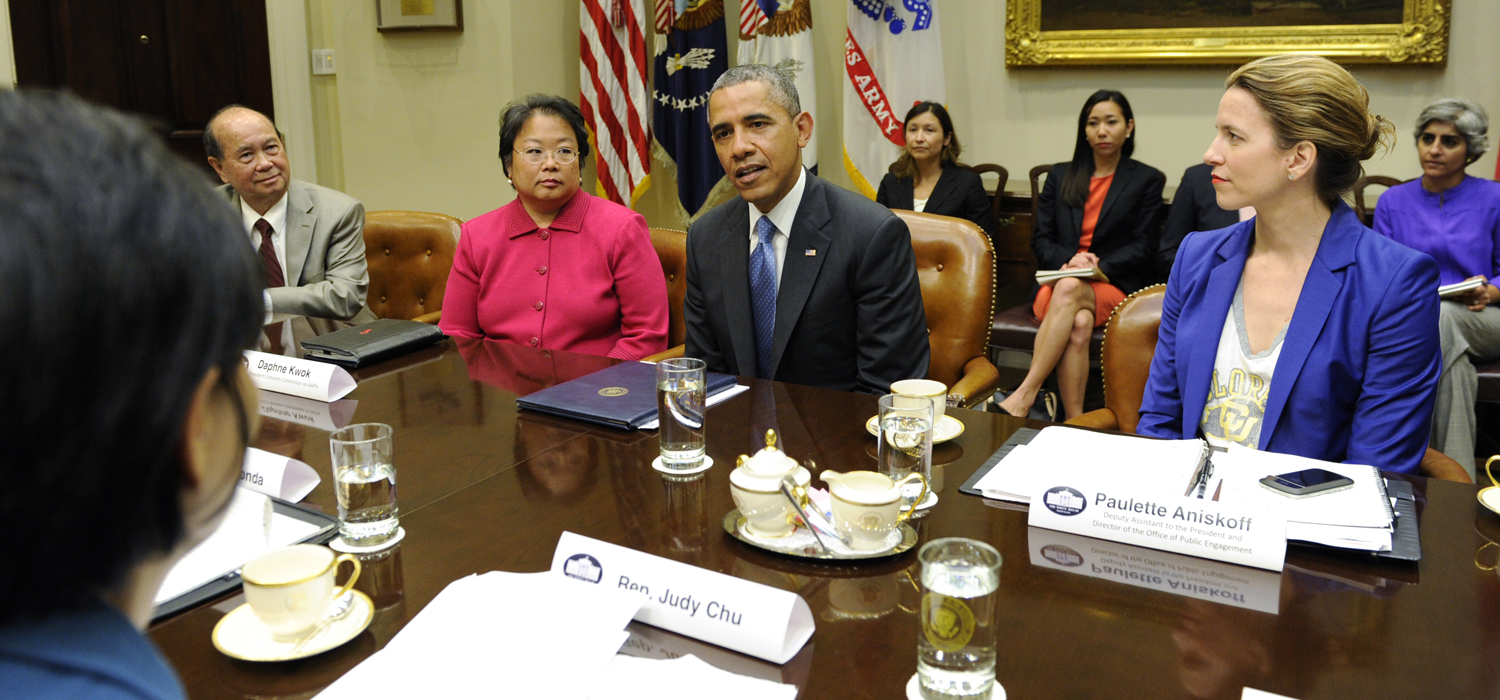
Earlier this month, when Michael Luo was heading to lunch with family and friends, a random woman told the New York Times editor to “go back to China.”
Sparked by Luo’s response, members of the Asian American community began sharing their experiences with discrimination on social media, tagging them #thisis2016. But the Times’s video compilation of these stories quickly elicited criticism for excluding Southeast and South Asian experiences.
Representation matters—and that’s especially true in research. The White House Initiative on Asian Americans and Pacific Islanders and the University of California, Riverside, recently held a convening to draw attention to new approaches for analyzing, interpreting, and presenting data on Asian Americans and Pacific Islanders (AAPIs), especially data disaggregated (or broken down) by ethnic origin. Attendees discussed issues facing different AAPI communities and how disaggregated data can change stereotypical narratives around AAPIs in every area of policy research, from health care access and outcomes to education and employment.
Aggregated data obscure the needs of AAPI communities
Aggregated and disaggregated data on AAPI youth tell different stories. For example, in 2012, 8 percent of AAPI youth between ages 16 and 24 were neither in school nor working—lower than the national average across all races (14 percent), and significantly lower than other communities of color: 18 percent for Latinx and 22 percent for African Americans.
But the narrative changes with disaggregated data: 9 percent of Indian-origin youth, 17 percent of Cambodian-origin youth, and 19 percent of Native Hawaiian youth were disconnected from education and employment, compared with 5 percent of their Taiwanese and Japanese peers. And more immigrant AAPI youth are disconnected than native-born AAPI youth.

By 2020, 65 percent of jobs will require at least some postsecondary education and training. In response, we have seen a renewed commitment to developing social interventions for 16- to 24-year-olds who aren’t working or in school or training, or opportunity youth. Many programs focus on empowering youth of color, specifically targeting African Americans and Latinx. But where are AAPIs in these conversations?
In addition to insufficient data, stereotypes also render specific ethnic groups invisible. The model-minority myth suggests that AAPIs do not need to be included in policies and programs for equal access and treatment because they do not face significant barriers.
To help all AAPI youth succeed, we need better data
If we want to equip our youth with the skills they need and work toward a more equitable future, researchers need to acknowledge and honor the range of experiences that AAPIs possess.
Southeast Asian American youth, for example, often come from refugee families; they are also more likely to experience poverty in the United States. In 2012, 40 percent of the Burmese community and almost a third of the Hmong community was living under the federal poverty line.
Language access is also critical for AAPIs. In 2014, more than a third of AAPIs—and more than half of the Vietnamese community—were limited English proficient.
AAPIs are the fastest-growing racial group in the United States, encompassing a wide range of migration histories and cultures. While there are limited AAPI data disaggregated by ancestry, research that reports only in aggregate masks the diversity and disparities within the AAPI community.
Research can change the narrative around AAPIs. The high rates of disconnected Southeast Asian American and Pacific Islander youth illustrate the urgency of including disaggregated AAPI data in policy and program research—because in research, representation matters.
Tune in and subscribe today.
The Urban Institute podcast, Evidence in Action, inspires changemakers to lead with evidence and act with equity. Cohosted by Urban President Sarah Rosen Wartell and Executive Vice President Kimberlyn Leary, every episode features in-depth discussions with experts and leaders on topics ranging from how to advance equity, to designing innovative solutions that achieve community impact, to what it means to practice evidence-based leadership.